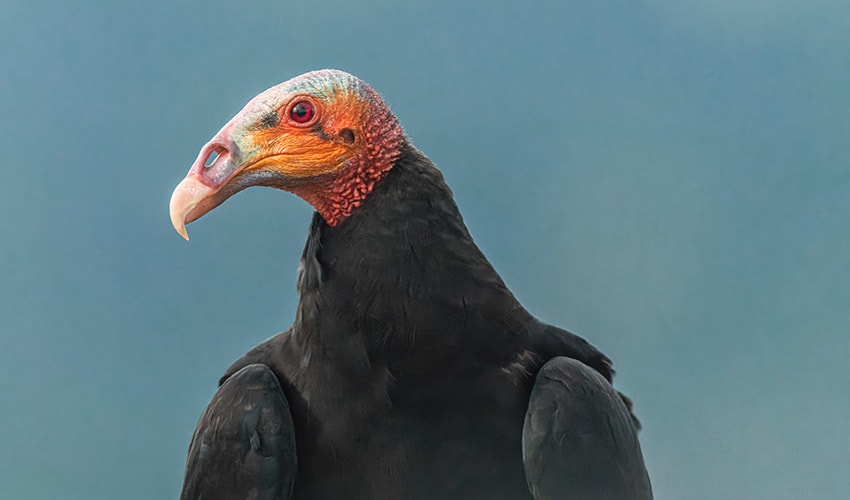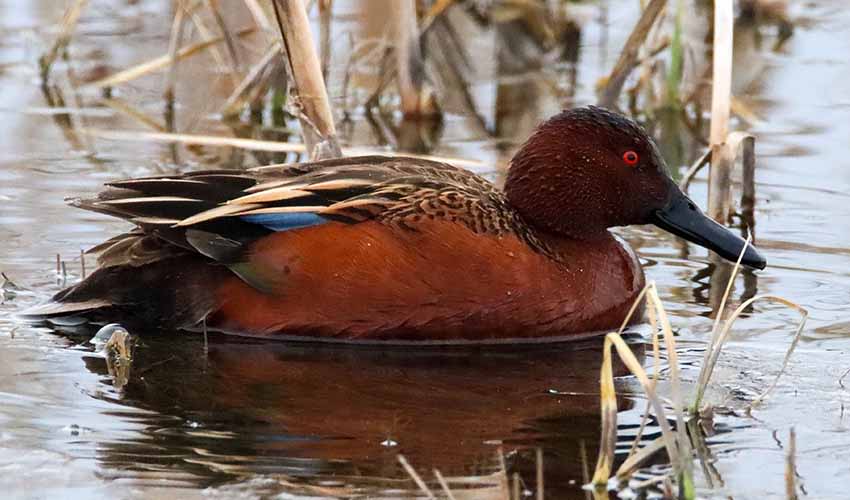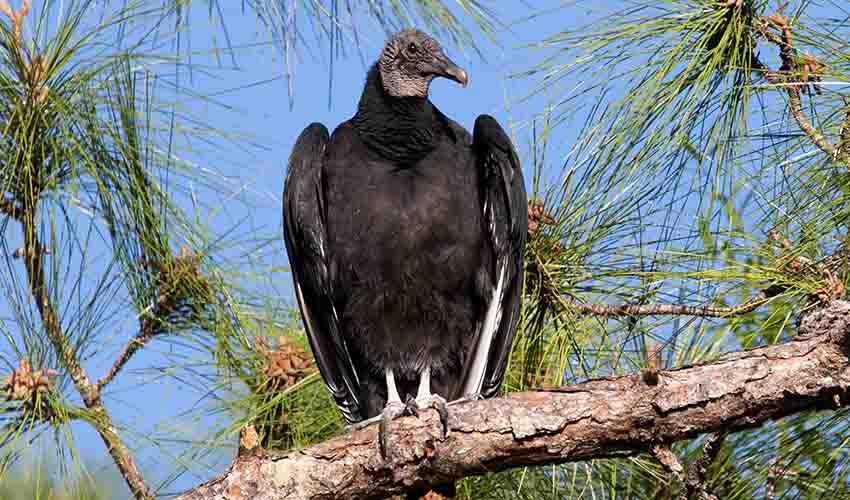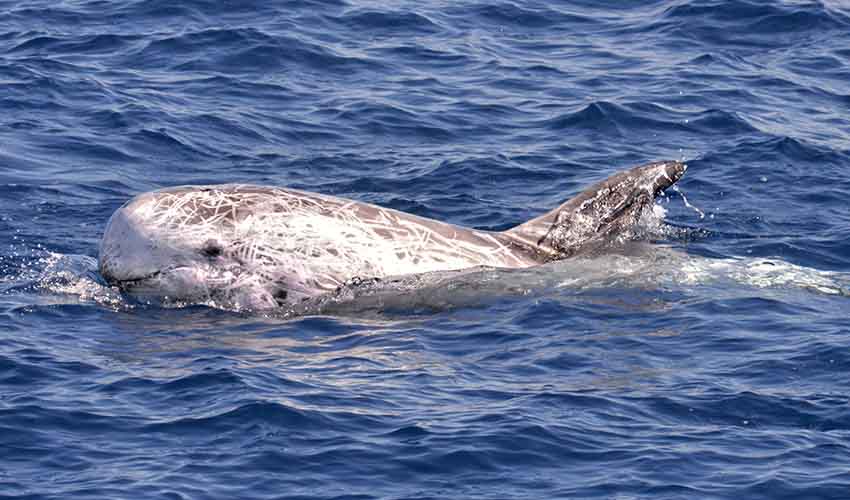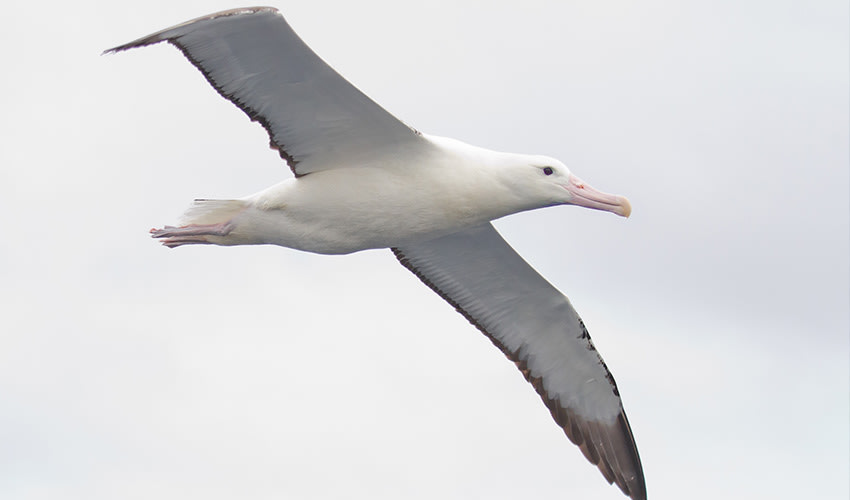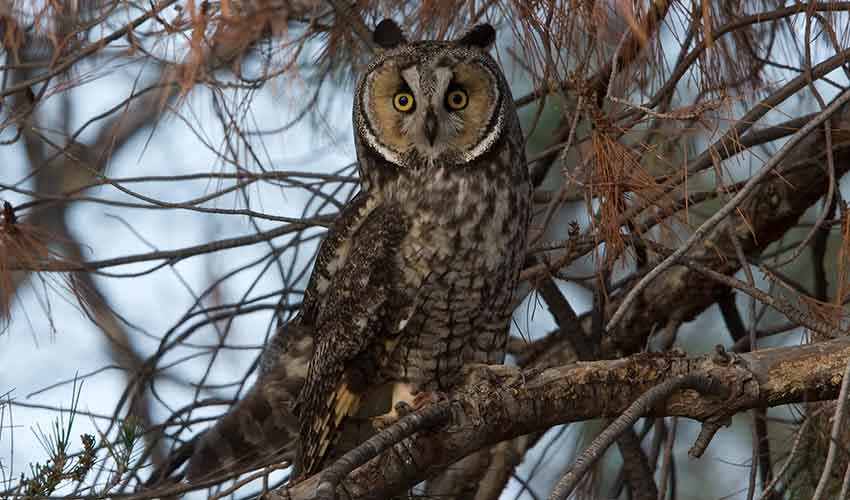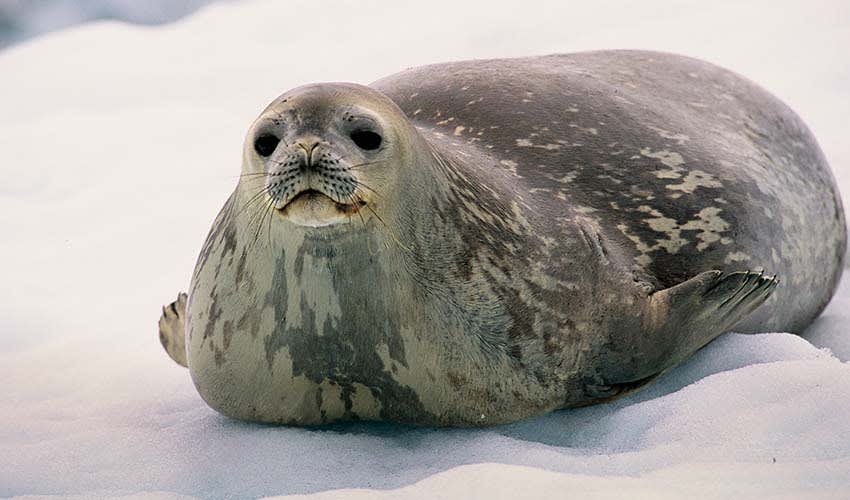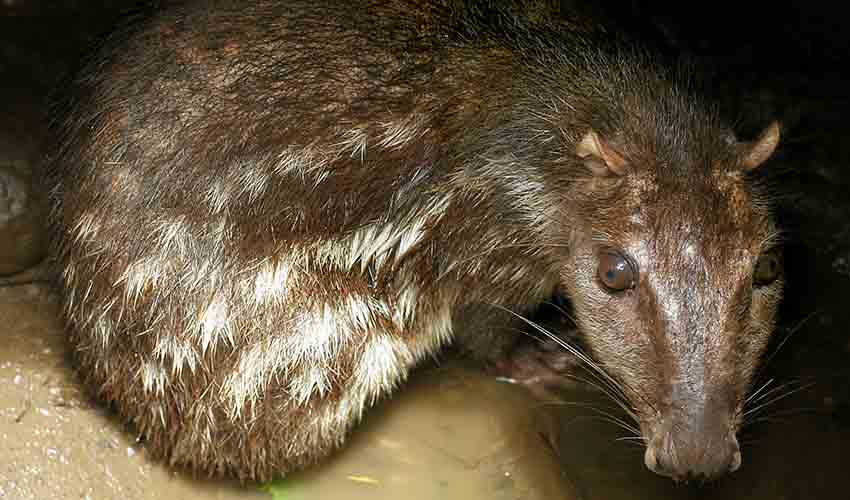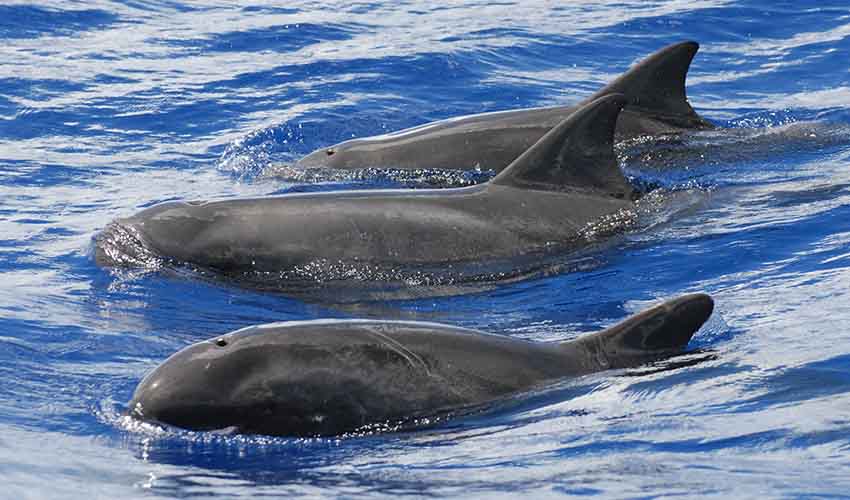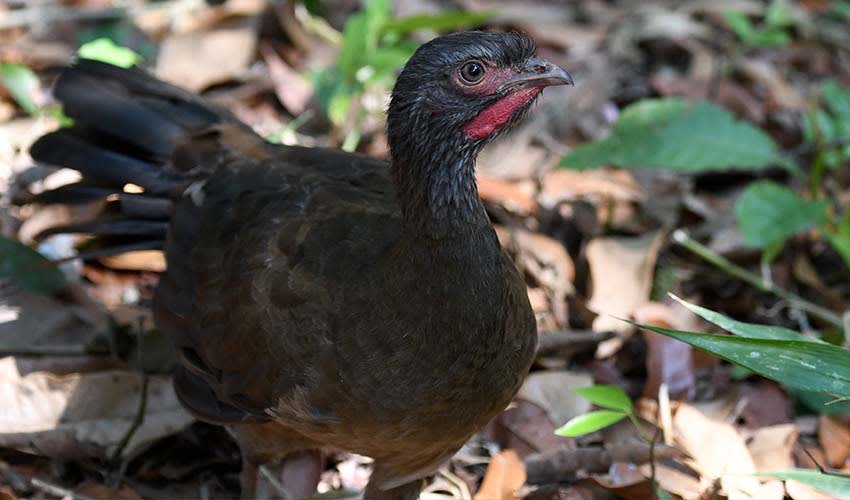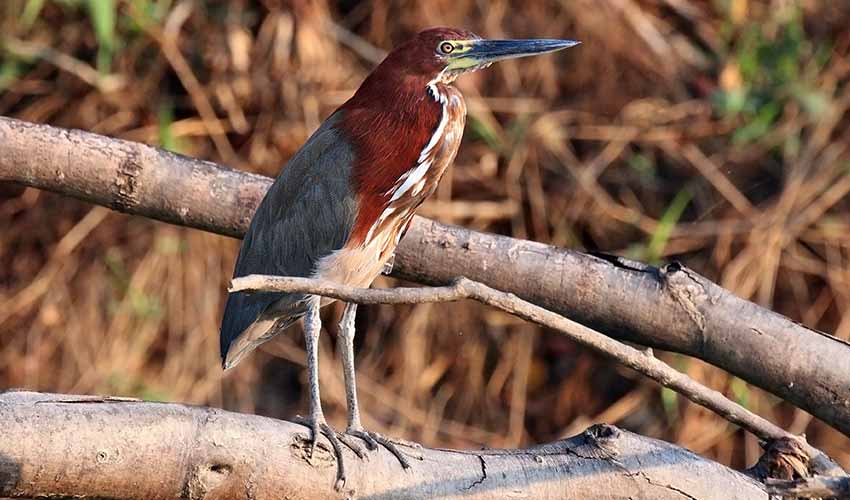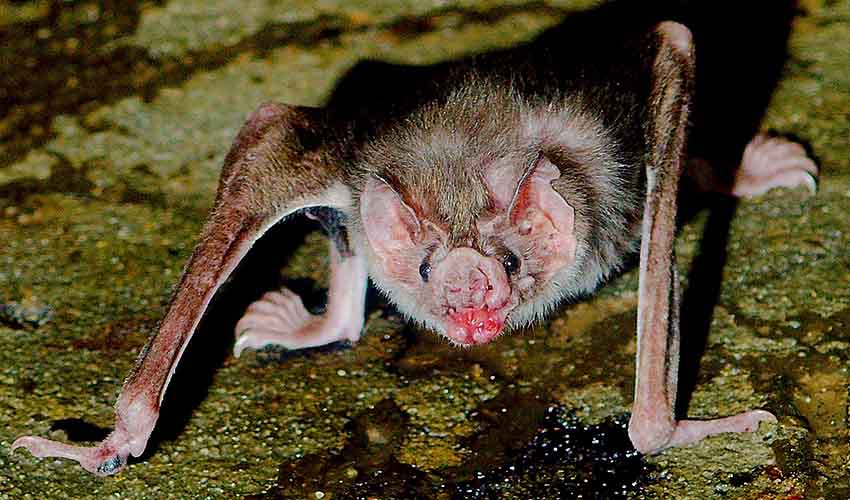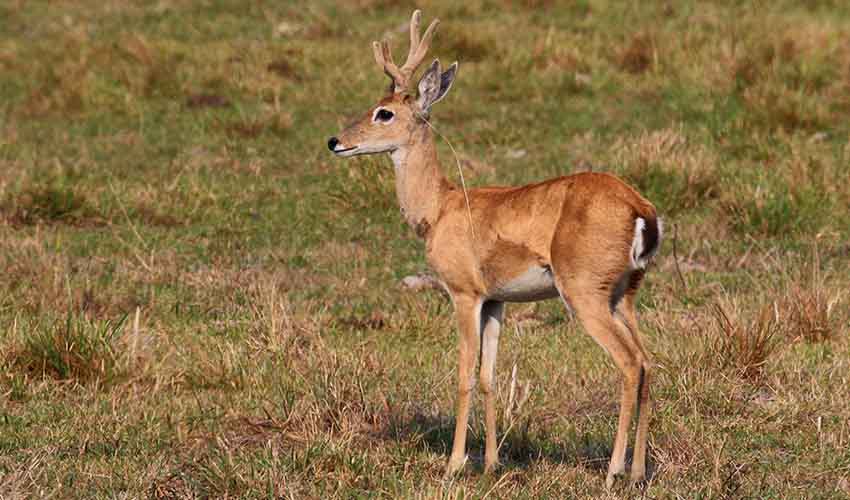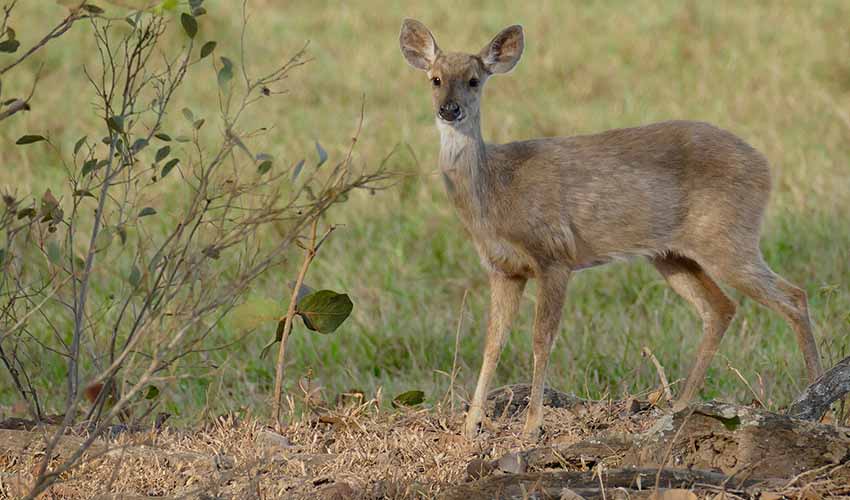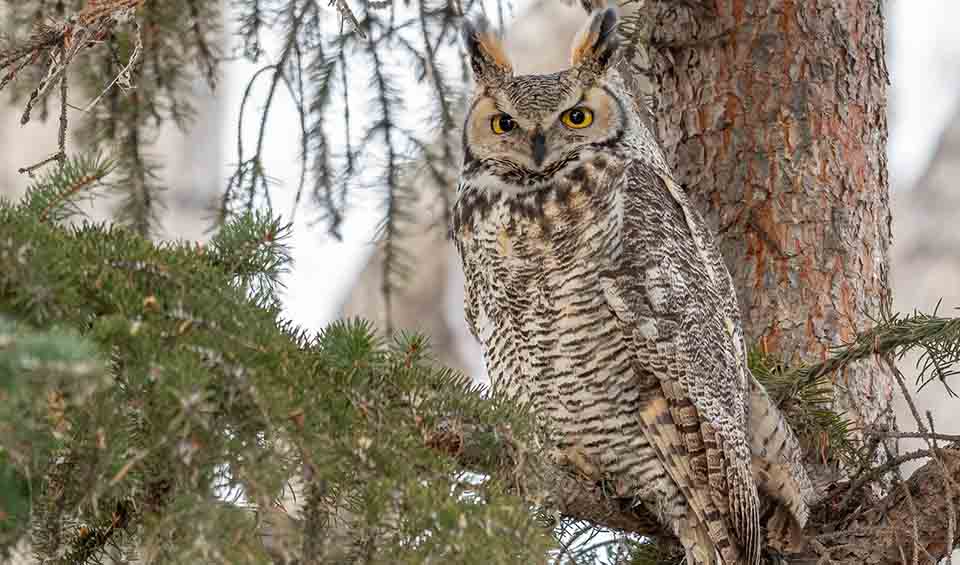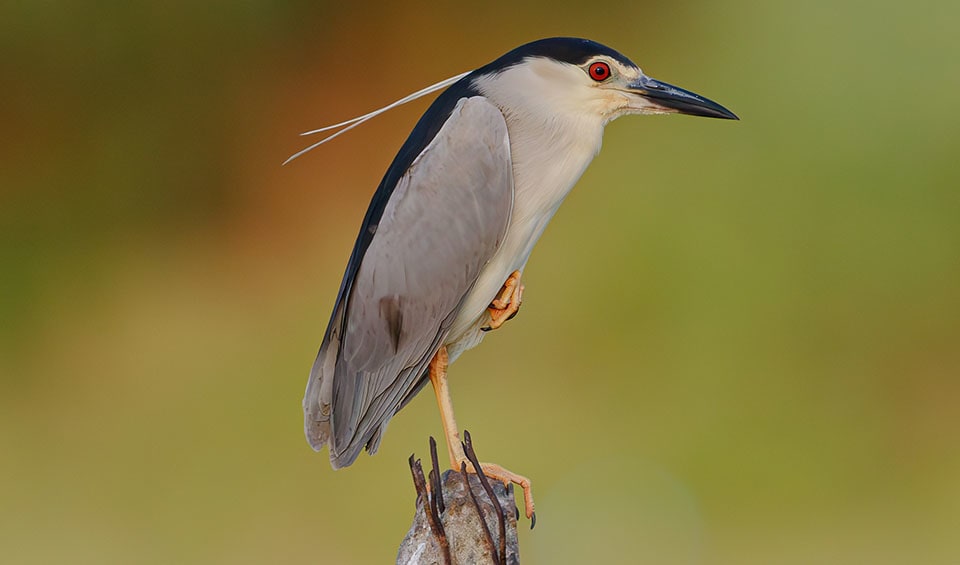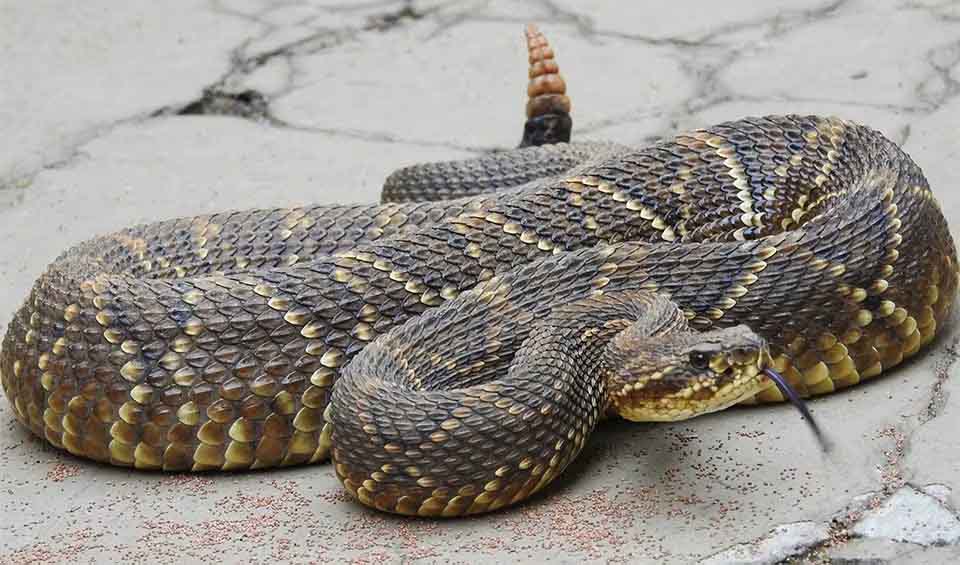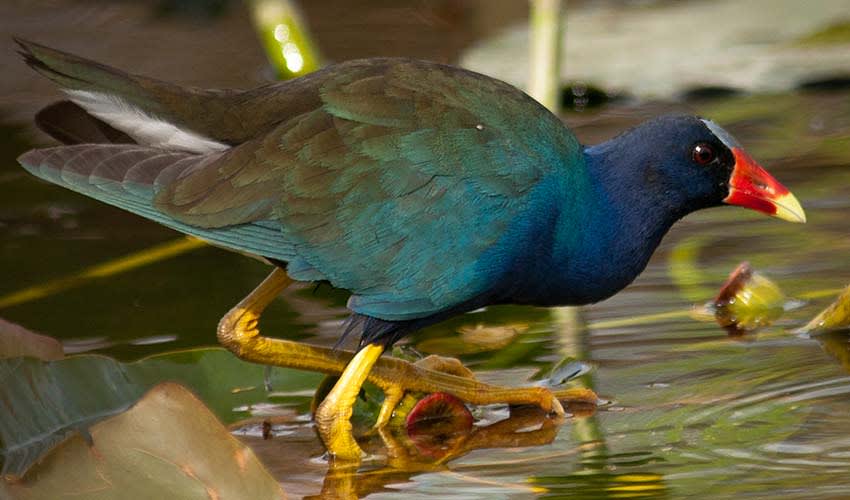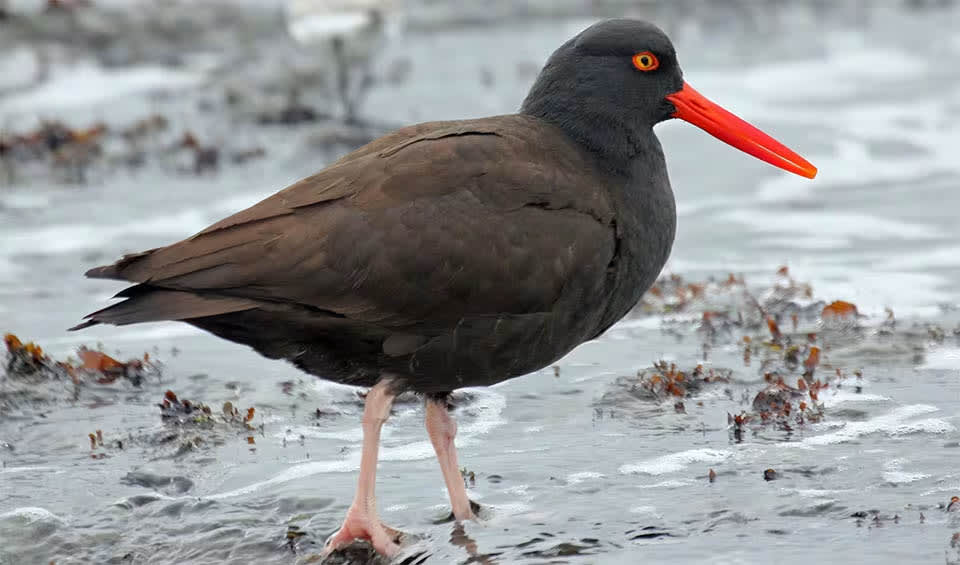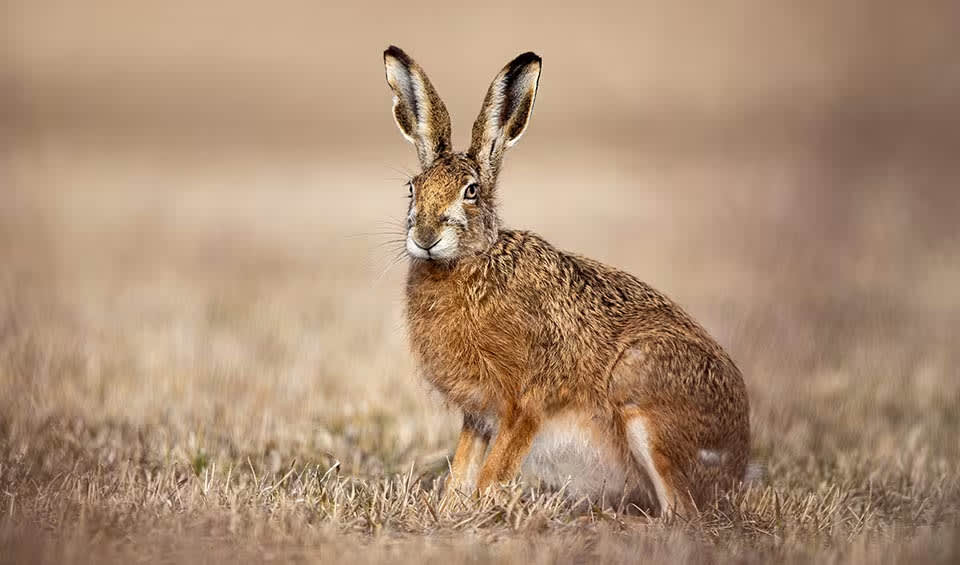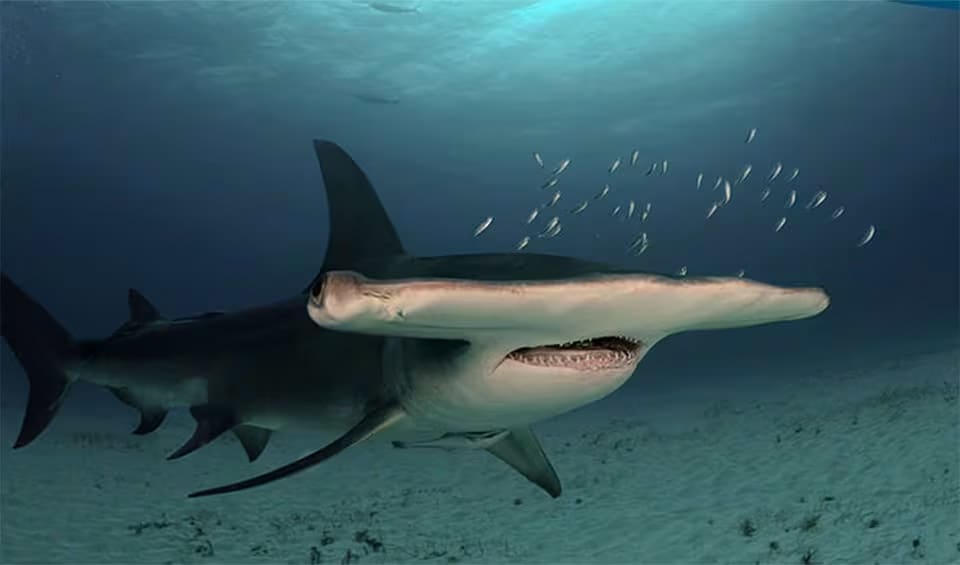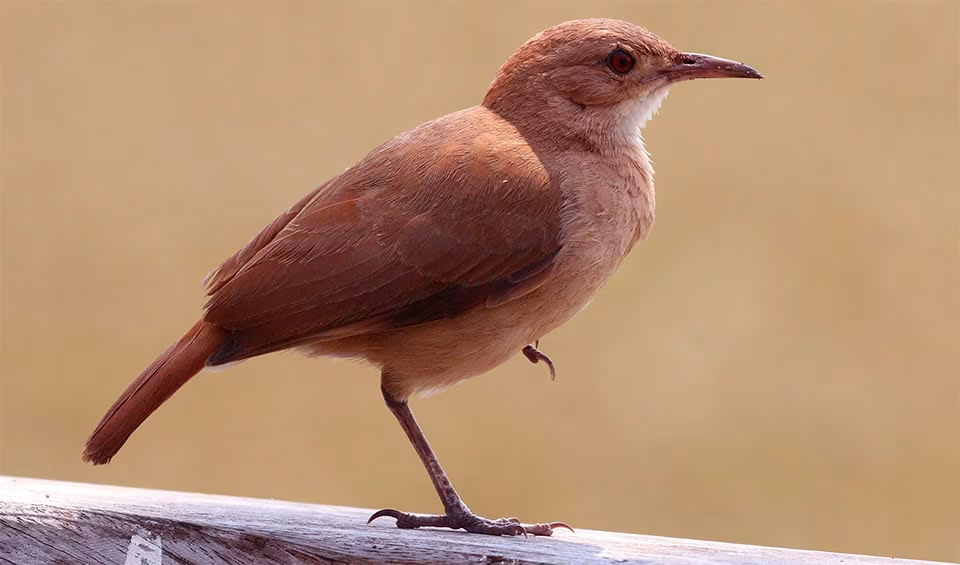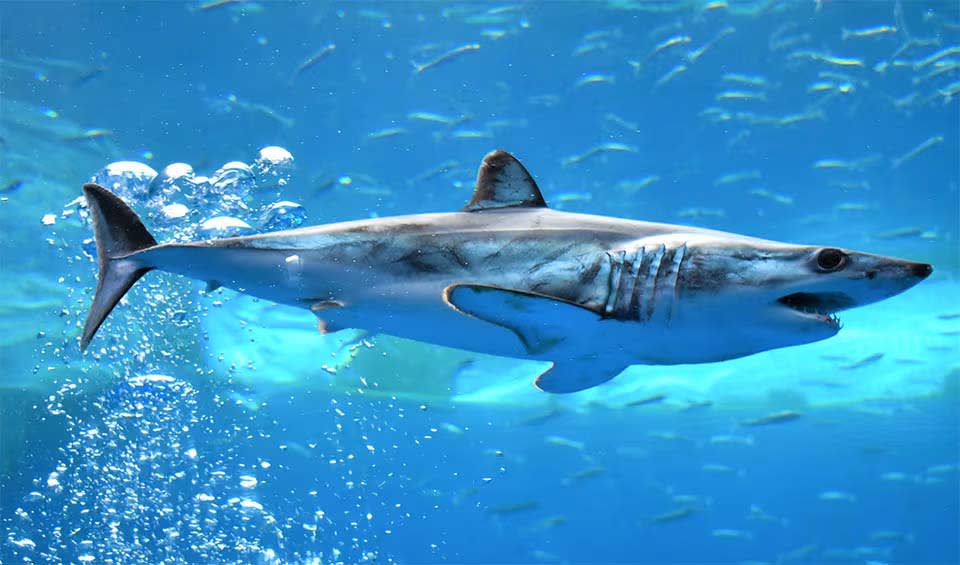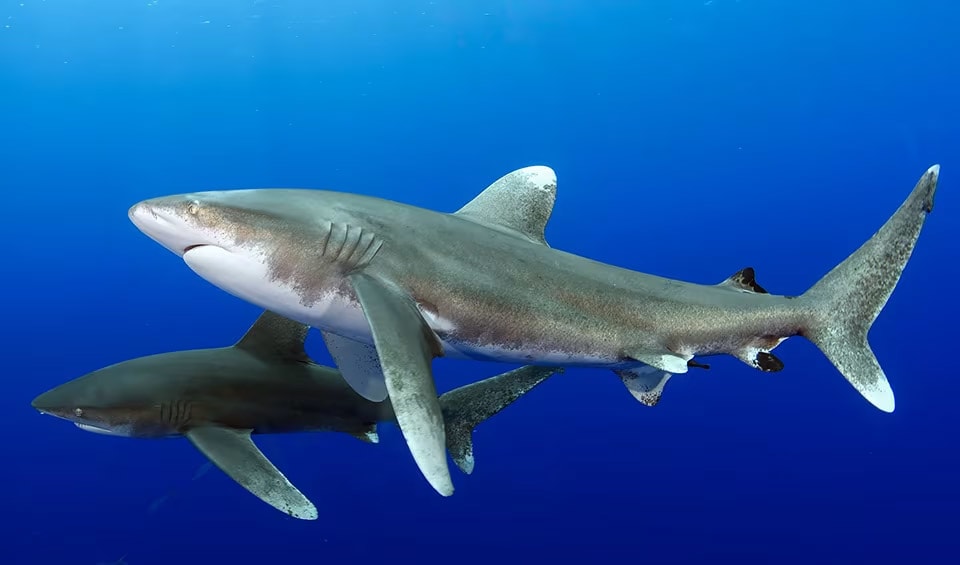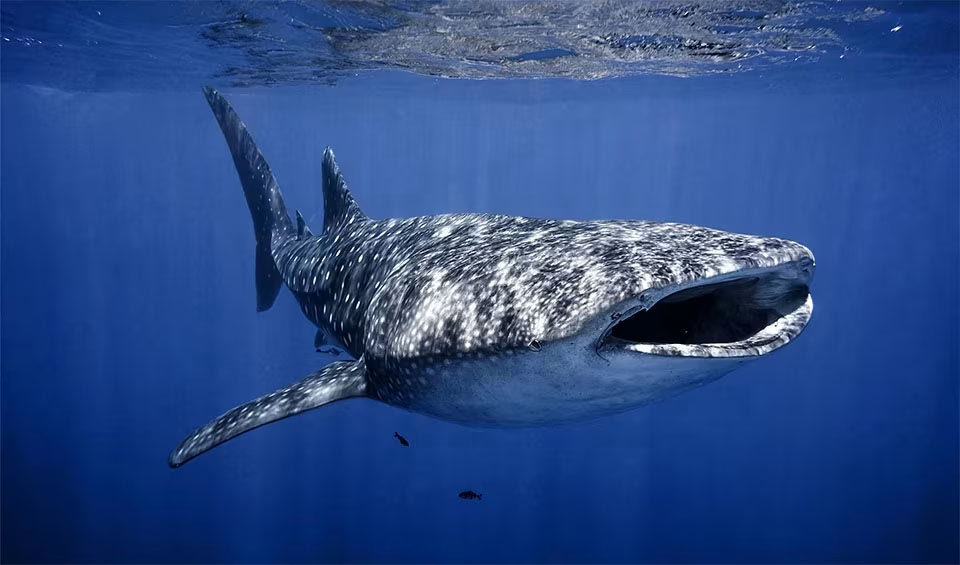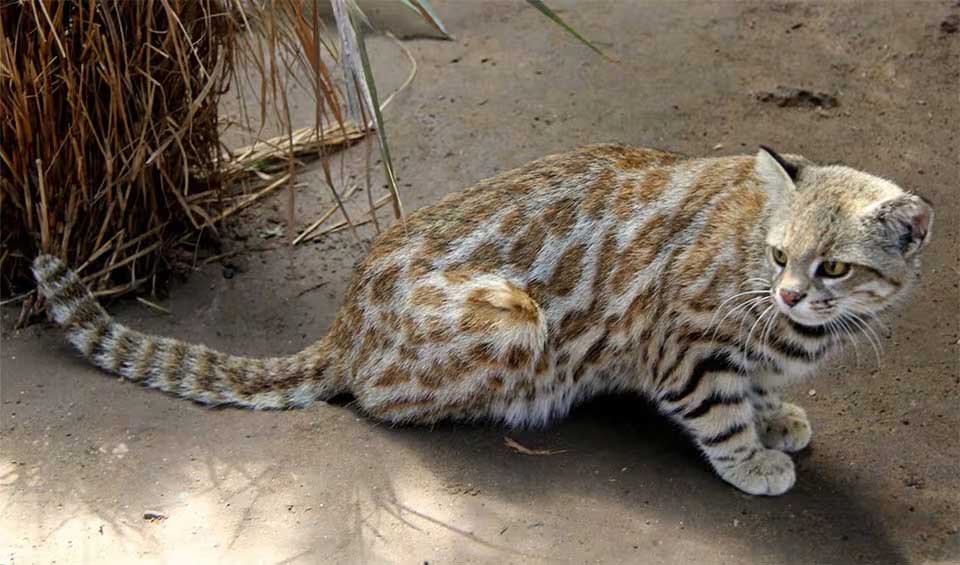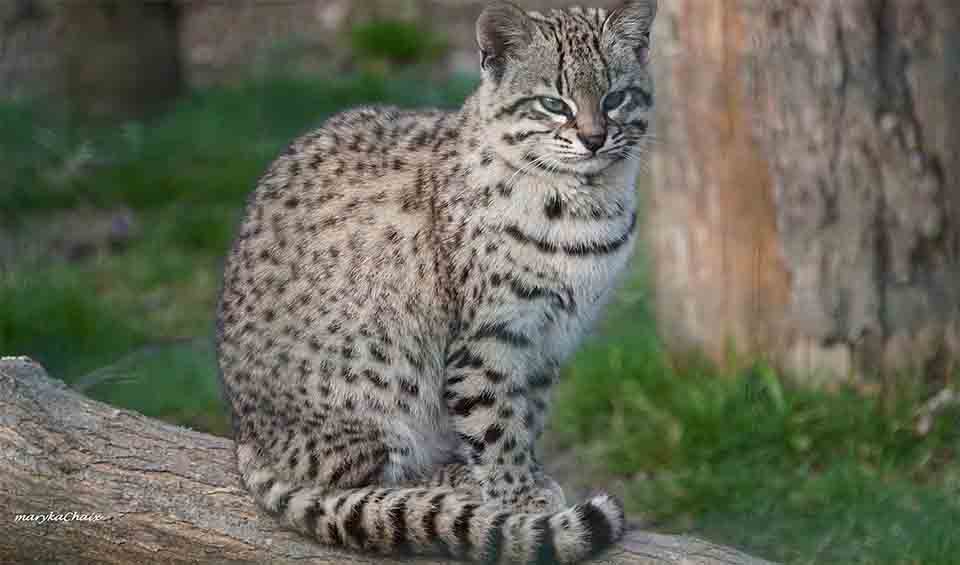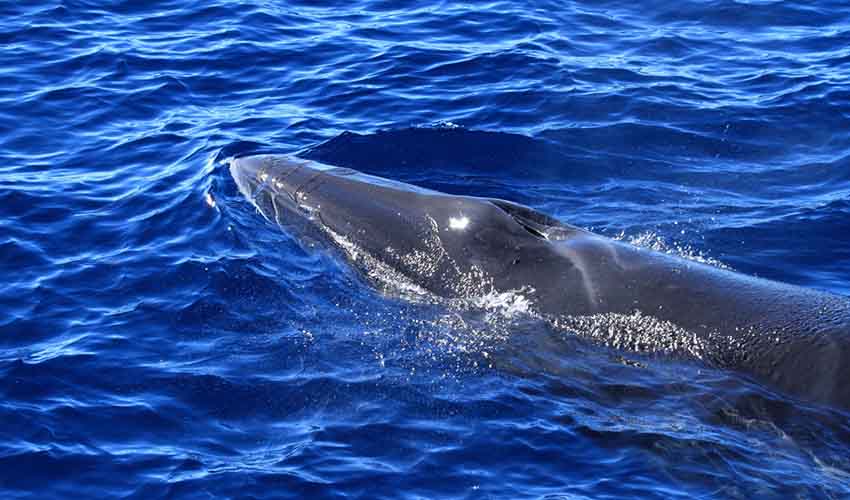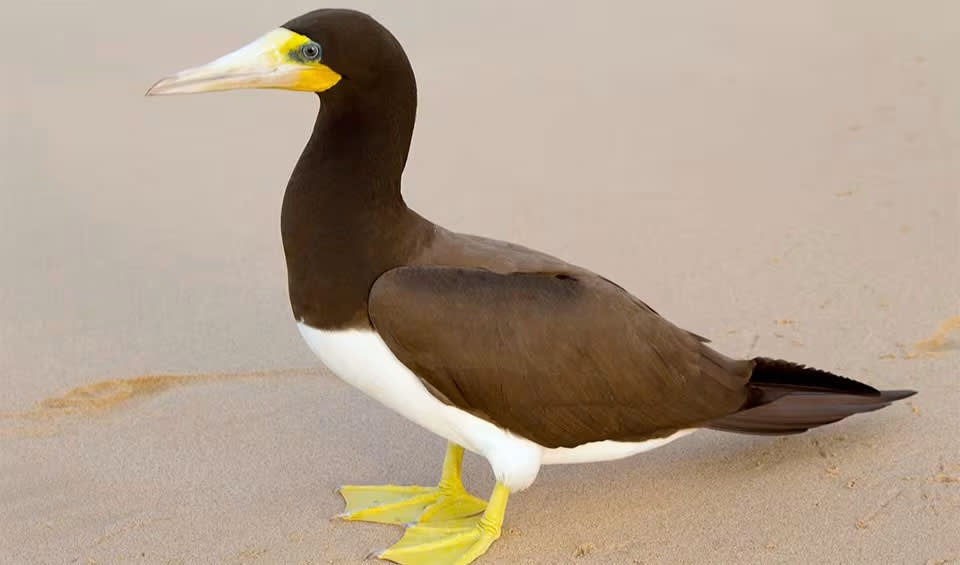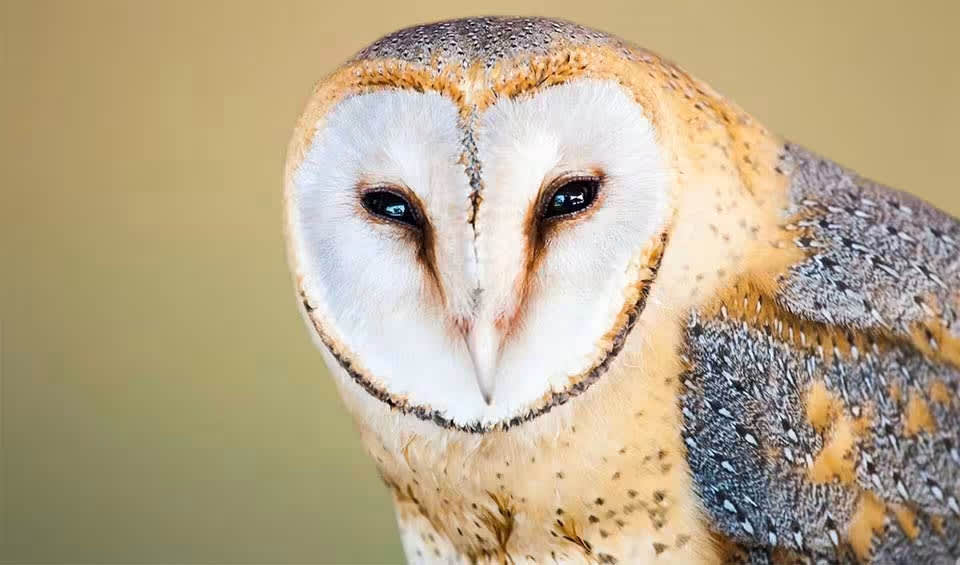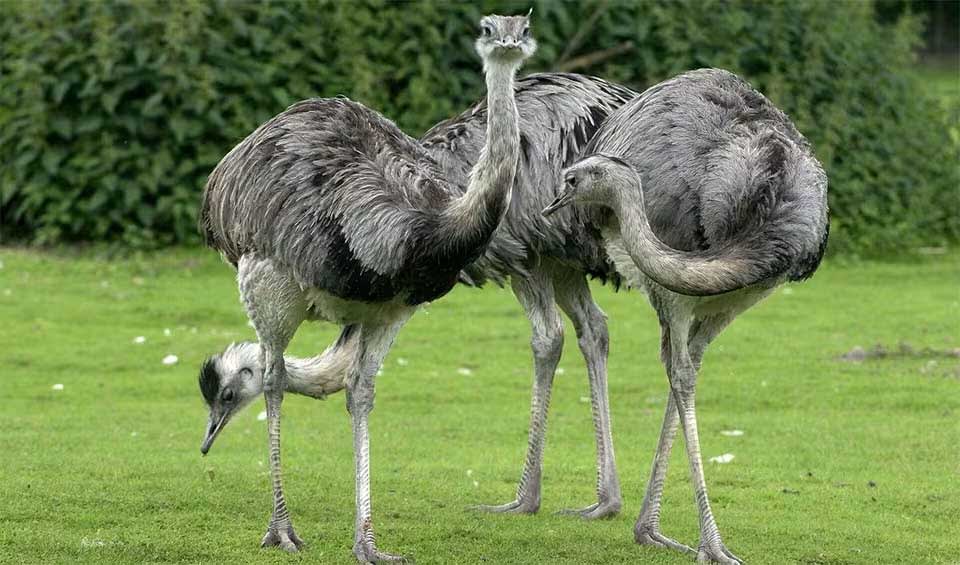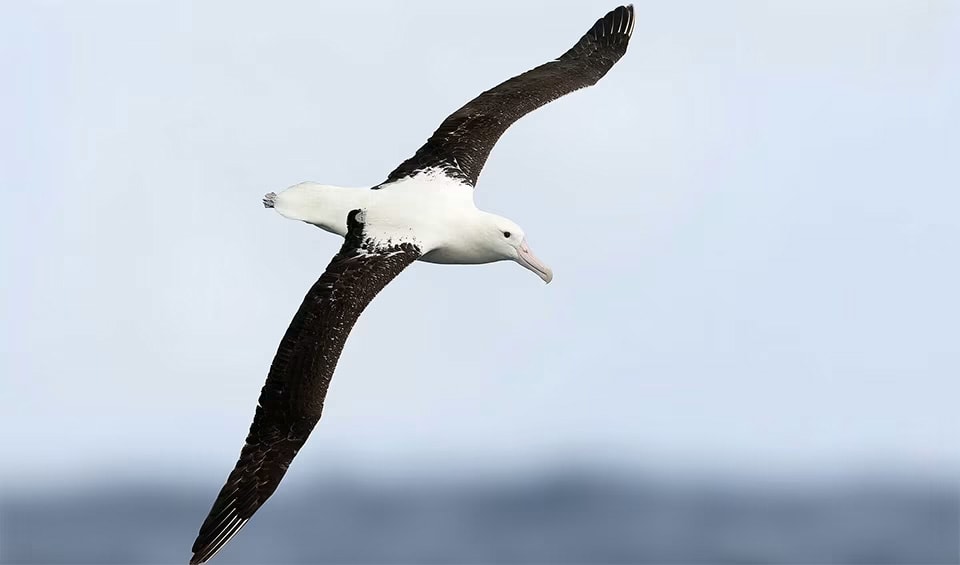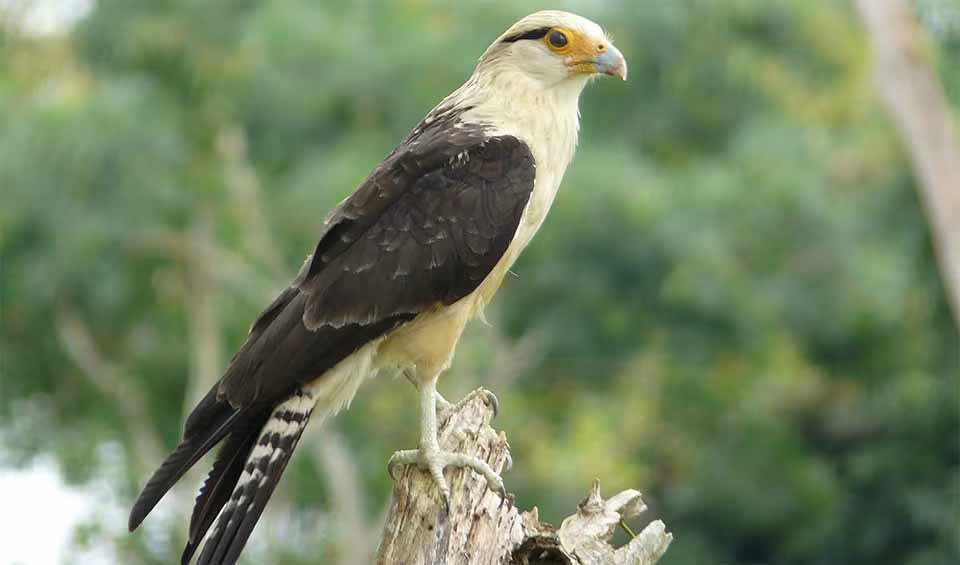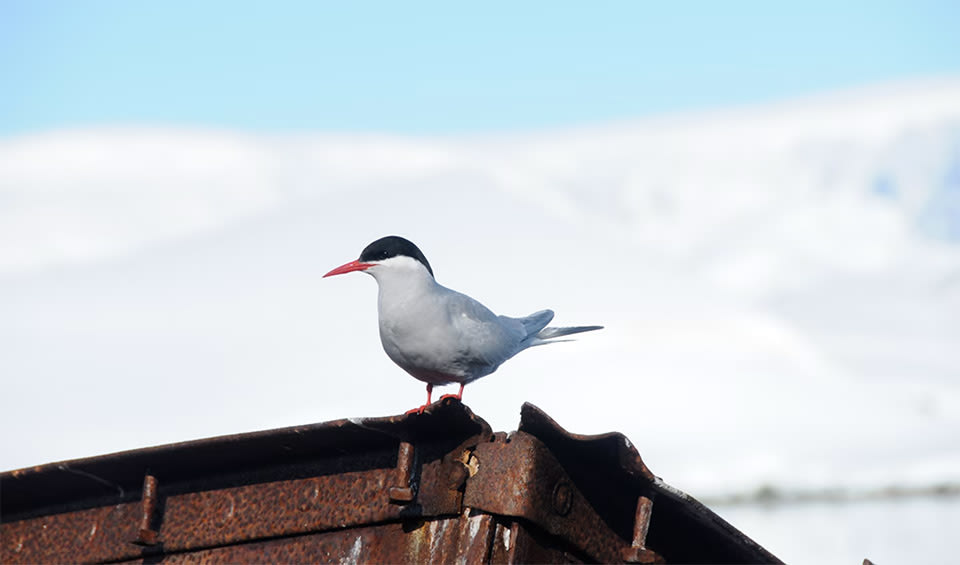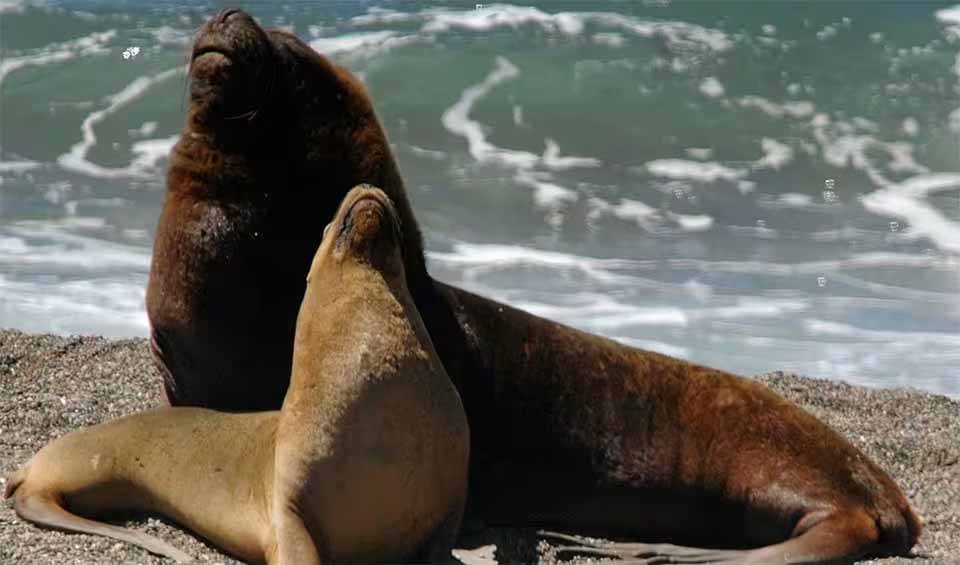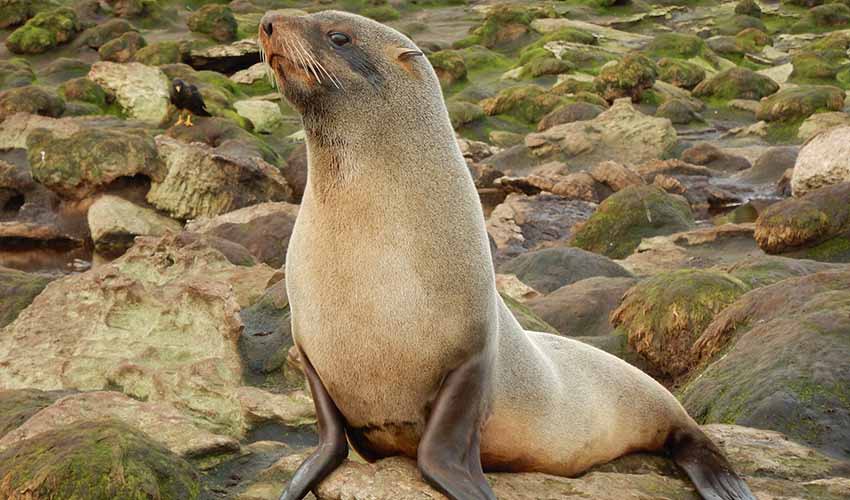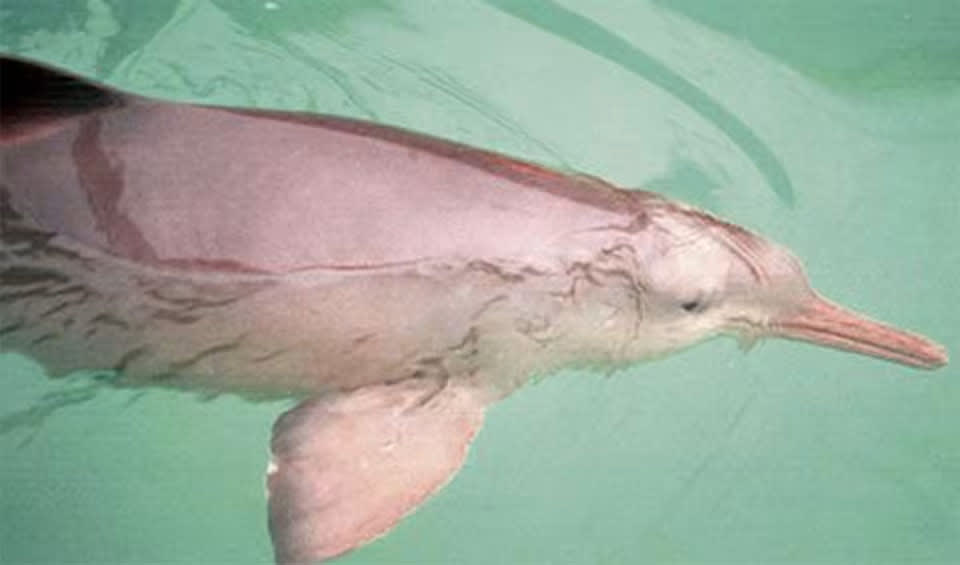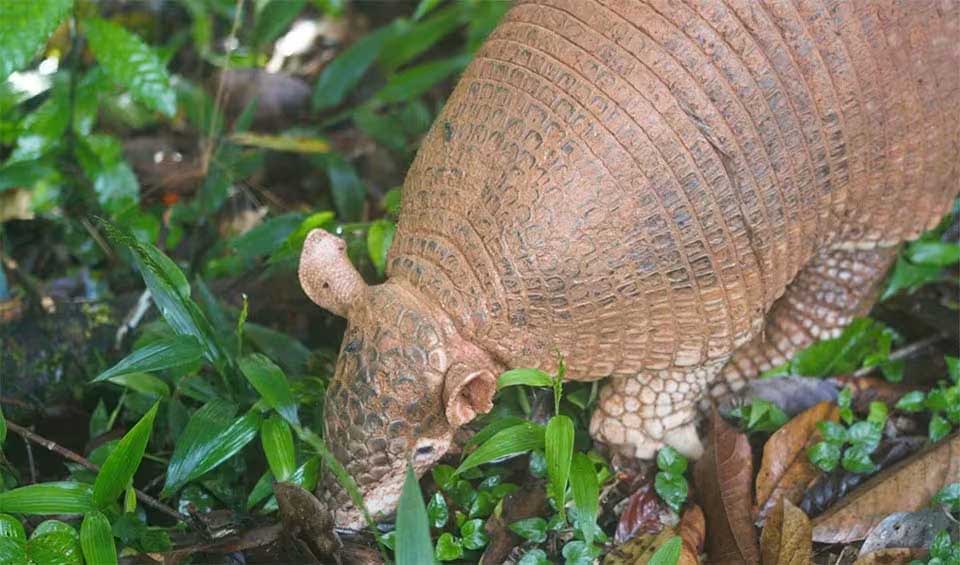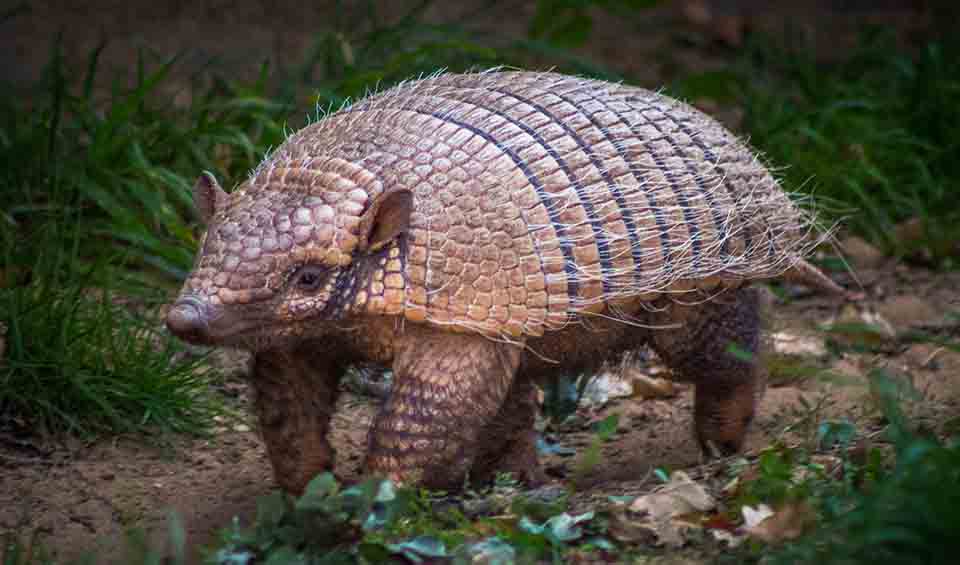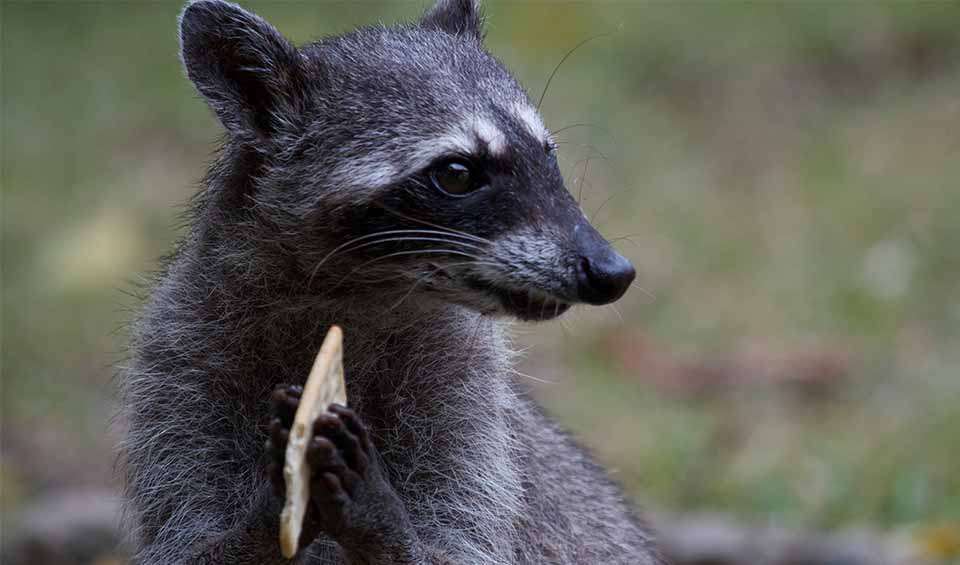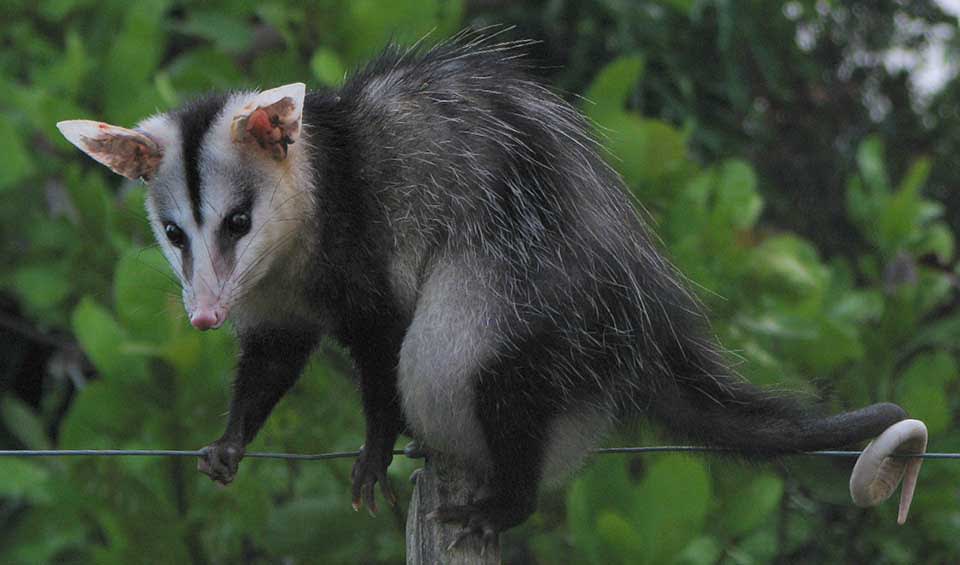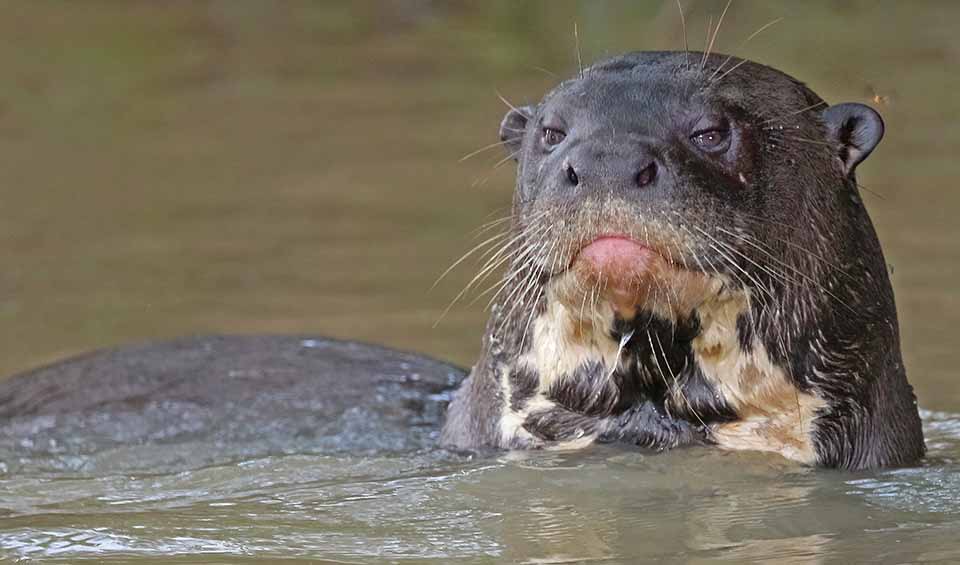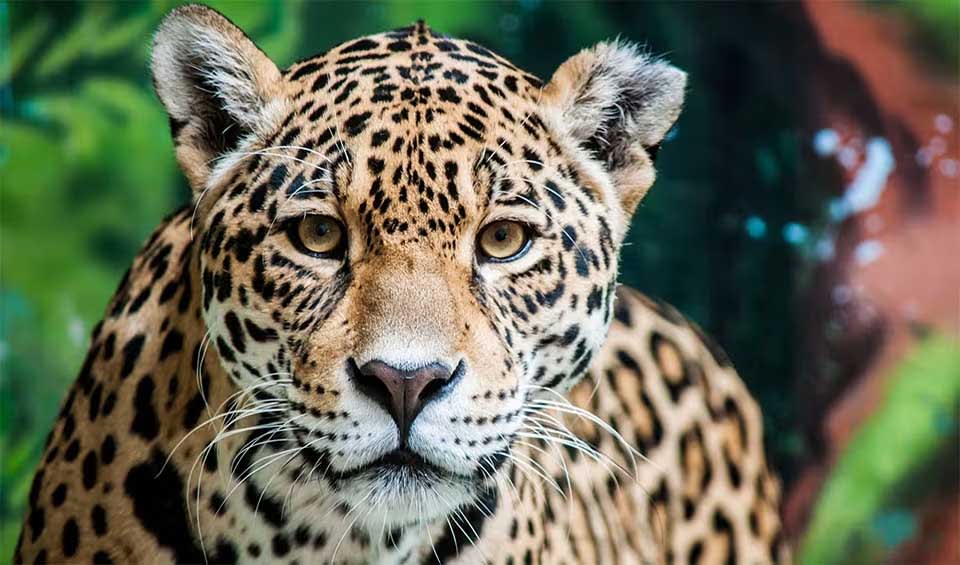Search for Uruguay
Sooty albatross
It’s the “dark-themed” albatross
Chilean flamingo
Standing on one leg isn’t just a pose—it helps them save body heat while they rest in cool, windy wetland weather
Grey plover
Can be black, can be grey but it’s the same bird
Eskimo curlew
Once a sky-filling spectacle—today, most of what we have are museum skins and stories
Lesser yellow-headed vulture
One of the very few “smelly” birds (in a good way)
Cinnamon teal
Its speed and size make it harder for predators (and hunters) to track
Masked duck
One of the smallest stiff-tailed ducks in the Americas
Black vulture
Smell? Not so much—mostly rely on eyesight and the behavior of other vultures to find food
Short-finned pilot whale
The “cheetahs” of the deep ocean
Atlantic yellow-nosed albatross
This bird can circle the South Atlantic without breaking a sweat (or a wingbeat)
Striped dolphin
Among the most athletic dolphins, known for their spectacular leaps and spins that can reach several meters high
Risso’s dolphin
Sometimes called the “scars in the water” thanks to their many white markings
Broad-snouted caiman
Its teeth are constantly replaced throughout its life, ensuring a strong bite even in old age
Greater naked-tailed armadillo
One of South America’s most secretive and specialized burrowers
Southern long-nosed armadillo
Mixed hairy-footed one
Nine-banded armadillo
Found all over the Americas, it is the most widespread species of all armadillos
Tristan albatross
A magnificent seabird that spends almost its entire life gliding over the wild, windswept waters of the South Atlantic
Northern royal albatross
Among the biggest flying birds on Earth
Long-eared owl
Its flight is nearly soundless, thanks to specially fringed wing feathers that disrupt air turbulence
Short-eared owl
Defies the usual “creature of the night” stereotype by thriving in open landscapes and often hunting boldly in daylight
Antarctic tern
Highly site-faithful, often returning to the exact same nesting spot year after year
Weddell seal
A master of living under the ice, and a haunting singer in one of the world’s coldest wildernesses
Sand martin
A bird that carries the rhythms of the seasons on its wings
Red knot
In winter, they’re plain grey and white, but in the Arctic summer, they turn into a glowing rusty red
Crabeater seal
Their misleading name comes from early explorers who mistakenly thought they fed on crabs
Sand tiger shark
May look like villains, but in truth, they’re peaceful giants of the sea
Lowland paca
The spotted rabbit of the jungle—though they are rodents, not rabbits!
Southern tamandua
One of the most effective—and quirky—pest controllers in South America’s wild landscapes
Pygmy killer whale
One of the lesser-known members of the dolphin family, despite its dramatic name
Southern bluefin tuna
One of the fastest and deepest-diving tunas
Ruddy ground dove
One of the tiniest doves in the Americas
Chaco chachalaca
A bird with a voice you won’t forget
Rufescent tiger heron
Doesn’t put its nest near the water’s edge like many of its relatives
Wood stork
The “giant of the swamp”
Green kingfisher
Have eyesight that is exceptionally keen—so much so that they can easily spot tiny fish swimming just beneath rippling water
Common vampire bat
Most famous — and misunderstood — of all vampire bats
Tropical kingbird
Surprisingly aggressive for a bird with a sunny name
Pampas deer
Known to be quite tolerant of human presence compared to other wild deer
Turkey vulture
A bird that quietly keeps the environment clean
Amazon kingfisher
Despite its name, it is not limited to the Amazon Basin
Great black hawk
One of the largest hawks in the Americas
Gray brocket
Known to freeze in place when startled, relying on camouflage rather than flight until the last moment
South American coati
Known to investigate campsites, rummage through backpacks, and even figure out how to open containers
Marsh deer
Elegant, elusive, and finely tuned to life in waterlogged wilderness
Scalloped hammerhead
Their skin actually darkens, just like a sunburn!
Great horned owl
Often called the “tiger of the sky” because of its fierce hunting skills and bold personality
Ruddy turnstone
They flip the script — literally!
Black-crowned night heron
One of the most widespread and adaptable herons in the world
Molina’s hog-nosed skunk
Its pig-like nose is sensitive and flexible, helping it locate underground prey like grubs and worms
Nutria
Look a bit like a cross between a beaver and a rat
South American rattlesnake
Both feared and respected, often appearing in traditional stories and as a symbol of danger and power
Olrog’s gull
Only later did scientists give it full species status, thanks to its different range, plumage details, and very crab-focused lifestyle
Kelp gull
When faced with hard-shelled prey, this gull simply flies up and drops it onto rocks — no tools, no problem
Royal tern
These birds ride ocean breezes for miles without flapping much at all
American kestrel
The smallest of falcons in the entirety of America, but you would be mistaken to take this bird lightly
Purple gallinule
One of the most dazzling waterbirds of the Americas, often described as a “swamp jewel”
Yellow anaconda
While it’s one of the largest snakes in the world, it’s smaller than its green cousin
Chital
Also known as “barking deer” because of their loud, barking alarm calls
Northern giant petrel
Well-adapted to the cold Arctic climate and can withstand temperatures as low as -50°C (-58°F)
White-faced whistling duck
Loud birds with a distinct three-note whistling sound
King penguin
With their stately waddle and regal demeanor, they are the undisputed monarchs of the Antarctic ice
Blue-and-yellow tanager
Known for their bright plumage and lively behavior, making them some of the most recognizable birds in the tropics
European goldfinch
Can hang upside down while feeding!
Black oystercatcher
Don’t let their name fool you; they actually prefer to eat mussels and limpets rather than oysters!
European hare
Unlike rabbits, they don’t live in burrows, instead, they make shallow nests in the grass called forms
Barn swallow
Most common and widely distributed swallow globally
Great hammerhead
The biggest of all the hammerhead sharks, with a massive head that looks like a giant, flat hammer
Crested caracara
Got the looks of a hawk with the scavenging habits of a vulture
Southern lapwing
Fearless defenders of their nests and chicks, often taking on much larger animals or humans if they perceive a threat
Great kiskadee
This bird is a real chatterbox, constantly announcing its presence with its loud, three-part call – “kis-ka-dee!”
Pantropical spotted dolphin
A champion swimmer and a social butterfly of the warm seas
Burrowing owl
They don’t build their own nests – they cleverly take over burrows abandoned by prairie dogs, ground squirrels, or even tortoises!
Common bottlenose dolphin
Known for their acrobatic leaps, twisting and turning gracefully as they jump completely out of the water
Rufous hornero
Remarkable architects that construct domed nests from mud and straw
Rufous-bellied thrush
Its song is often associated with the arrival of spring and is a symbol of joy and renewal
American bullfrog
Introduced to many regions where it is now considered an invasive species
Snowy egret
In the late 1800s, a single ounce of its feathers could be worth more than gold
Tiger shark
They eat almost anything that comes their way – you name it, they’ll try to snack on it!
Shortfin mako shark
Speed and power embodied, they rule the seas with their sleek bodies and jaw-dropping leaping prowess
Basking shark
Majestic giants of the sea, they peacefully glide through the ocean with mouths agape, filtering the waters for sustenance
Oceanic whitetip shark
Opportunistic predators of the open ocean, their aggressive and persistent feeding behaviour strikes fear into the hearts of their prey
Whale shark
Gentle giants of the sea, with mouths wide open to filter the ocean’s bounty
Great white shark
Majestic ocean predators, embodying power, speed, and precision in their pursuit of prey
Loggerhead sea turtle
One of the largest and strongest sea turtles in the world
Glyptodon clavipes
The Pleistocene armadillo with a car-sized shell and a lethal tail
Saber-toothed tiger
Despite its name, this animal was not a true tiger, nor was it related to any modern cat
Giant ground sloth
Discover the mystery of a prehistoric giant: an enormous herbivore with powerful claws and a tragic fate
Margay
These wild cats are cute, intelligent, agile, and well-adapted to inhabiting tropical and subtropical forests
Pampas cat
Survival of the fittest? This cat takes it to a whole new level, always ready to pounce and conquer any habitat
Geoffroy’s cat
Small but mighty, this cat is a stealthy predator that swims, climbs and hunts with sass and style
Pampas fox
Small, sly, and swift – it may be pint-sized, but it packs a punch when it comes to survival in the grasslands
Capybara
Communicate using various vocalizations such as whistles, whinnies, and growls
Anhinga
Their neck vertebrae have a hinge mechanism that allows it to dart its long neck and pierce its prey quickly
Antarctic minke whale
The most ice-associated baleen whale, often found right at the frozen frontier where krill thrives
Brown booby
An impressively acrobatic bird that can catch flying fish mid-jump
Barn owl
The most cosmopolitan of owls with home ranges extending across the globe
Magellanic penguin
Their call, often compared to a donkey’s bray, is how they got their name in some regions
Greater rhea
The largest native living bird of America
Leachs storm petrel
These petrels stylishly ride the ocean waves like they own the winds
Manx shearwater
Impressive flights but clumsy walking on the ground are observed in these birds due to awkward legs
Royal albatross
These mighty birds have the longest wingspan, second only to wandering albatrosses
Wandering albatross
The humongous bird with the largest wing span of 3.5 m (11.5 ft) – seems straight out of a fantasy movie
Toco toucan
The largest toucan there is with a long and serrated beak
Roseate spoonbill
An easily recognizable bird due to its pink body and spatulate bill
House sparrow
The most widely dispersed wild bird
Scarlet flycatcher
The scarlet ambush hunter
Limpkin
They don’t need salt, bamboo sticks, or forks to deshell a snail – they have a well-adapted bill to do the job
Yellow-headed caracara
A common scavenger bird that cleans up the roads of Central and South America
Peregrine falcon
At the speed of over 321 km/h (200 mph), this bird outraces a Formula1 car
Jabiru
One of the tallest flying birds of Americas
Maguari stork
“Maguari” comes from the Tupi language, roughly translating to “heavy bill.” Not the most poetic nickname, but accurate!
Black-winged stilt
Elegant long-legged wader, common almost worldwide
Snowy sheathbill
Try playing hide and seek with this bird in snowy lands
Arctic tern
This bird can give any cross-country runner a run for their money
Common tern
This bird holds the record of the longest distance flown by any bird in recorded history
King vulture
The most colorful vulture, with the orange cruncle
Red-legged seriema
Did someone say birds don’t participate in marathons? Wait, we have a worthy contestant here
Wattled jacana
Often nicknamed the Jesus bird because it looks like it’s walking on water
Southern screamer
Its name is very accurate—these birds can be ear-splittingly loud!
Osprey
One of only six land-birds with a cosmopolitan distribution habituating all continents except Antarctica
Southern elephant seal
The largest member of the order Carnivora, adult males, can be six times larger than polar bears!
South American sea lion
Unfortunately, they are commonly killed for their habits of damaging fishing nets and stealing fish from fishing and farming operations
South American fur seal
Its thick, luxurious fur was once heavily hunted for the fur trade
La Plata dolphin
The smallest of the river dolphins and the only one that swims in saltwater oceans
Southern right whale
Most common of right whales, cruising the southern oceans
Giant anteater
These specialist predators of termites and ants are not immune to ant bites
Giant armadillo
The largest living armadillo, growing up to 1.5m (5 ft) in length, yet it feeds on tiny termites!
Six-banded armadillo
Able to swim and will shallow air just before entering the water to assist with buoyancy
Crab-eating raccoon
Despite the common name, they do not feed on crabs exclusively
White-eared opossum
One of the most widespread opossum species on the continent
Giant otter
Don’t be fooled by their harmless appearances; they can hunt caiman, piranhas, and anacondas in the wild!
Cougar
The most widespread large mammal of the Americas: from Canada’s Yukon to the Andes in South America
Jaguarundi
Secretive and solitary, inhabiting various habitats of Central and South America
Ocelot
They are picky eaters, often plucking off all the furs or feathers of the prey before start eating them
Jaguar
This solitary cat is America’s largest feline and the world’s third, after the tiger and the lion
Crab-eating fox
During the wet season, they search for crabs in muddy floodplains
Maned wolf
With an identity of its own, it’s neither a wolf nor a fox — however, wearing long ears is probably a fashion statement
Black howler
Allomothering is a common activity: females of a group display communal care for each other’s infants
Leatherback sea turtle
The mysterious diver of the ocean is the largest and only sea turtle without a hard shell and scales




